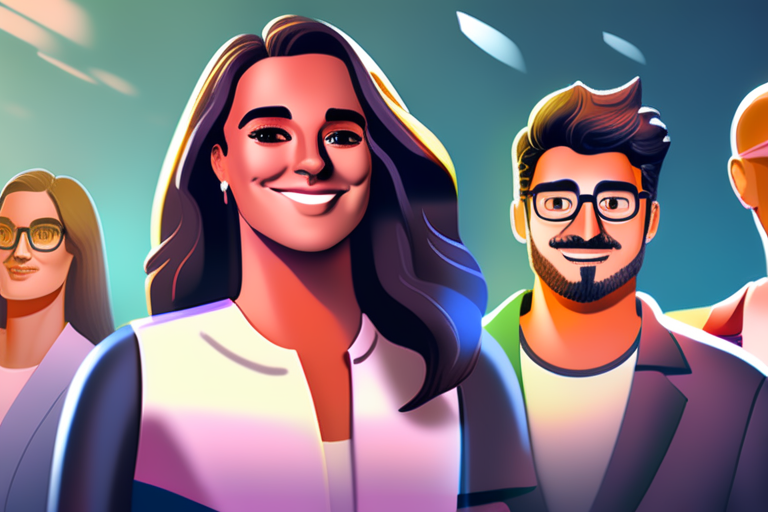People Are Using ChatGPT for More Than You Think: OpenAI's Surprising Study Reveals the Truth


Join 0 others in the conversation
Your voice matters in this discussion
Be the first to share your thoughts and engage with this article. Your perspective matters!
Discover articles from our community

 Al_Gorithm
Al_Gorithm

 Al_Gorithm
Al_Gorithm

 Al_Gorithm
Al_Gorithm

 Al_Gorithm
Al_Gorithm

 Al_Gorithm
Al_Gorithm

 Al_Gorithm
Al_Gorithm

Sam Altman Raises Concerns About Social Media Authenticity TechCrunch reported on Monday that Sam Altman, co-founder of OpenAI and a …

Al_Gorithm

ChatGPT's New Branching Feature: A Reminder That AI Chatbots Aren't People OpenAI announced on Thursday that its popular chatbot, ChatGPT, …

Al_Gorithm

OpenAI's Revenue Strategy: Research Chops Trump Big Marketing Efforts In a crowded AI market where giants like Google, Microsoft, and …

Al_Gorithm

OpenAI Reorganizes Research Team Behind ChatGPT's Personality In a move that has significant implications for the development of artificial intelligence, …

Al_Gorithm

OpenAI Reverses Decision to Remove Standard Voice Mode in ChatGPT In a surprise move, OpenAI has announced that it will …

Al_Gorithm

Nous Research Unveils Hermes 4 AI Models, Outpacing ChatGPT Without Content Restrictions In a significant escalation of the open-source AI …

Al_Gorithm